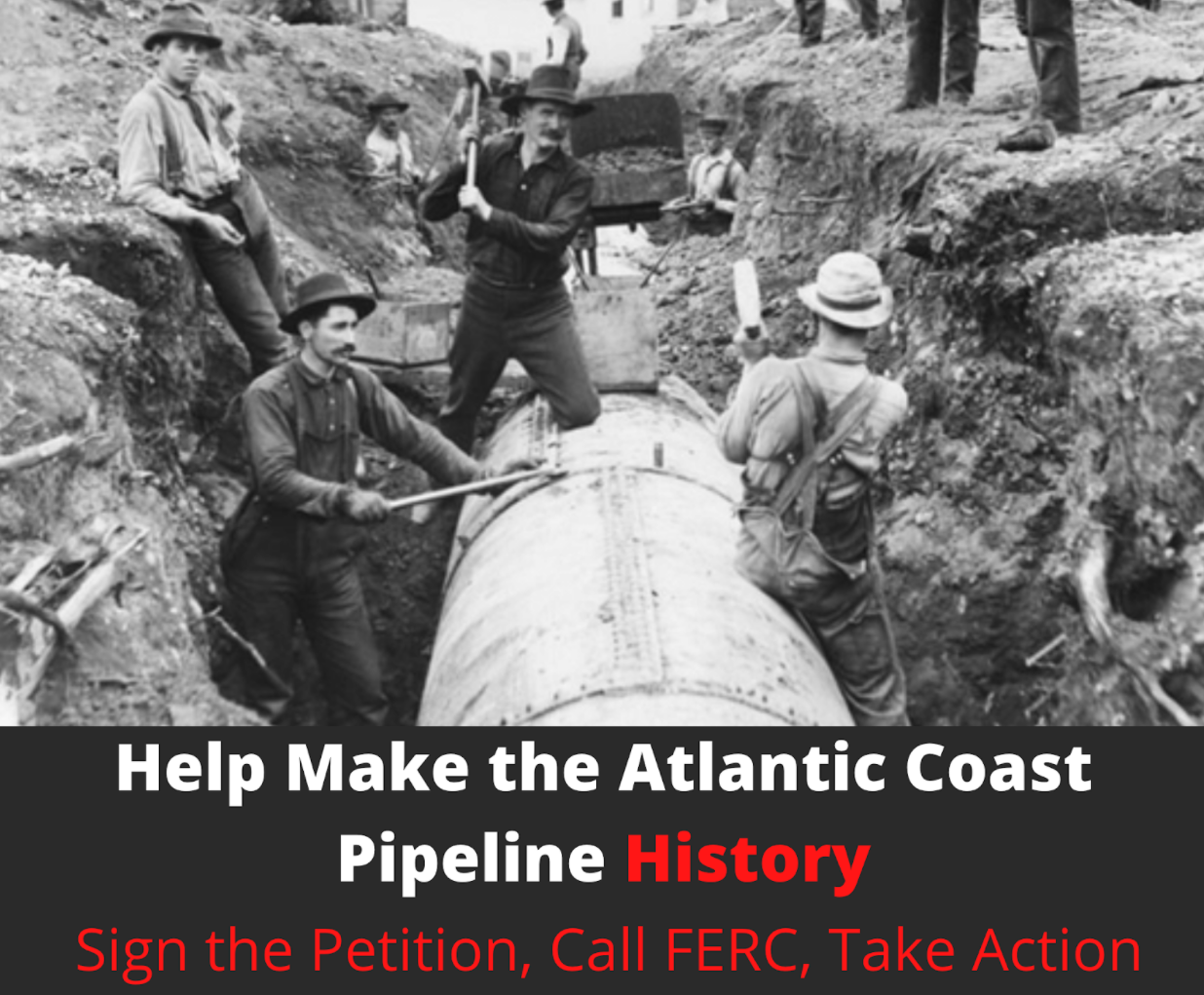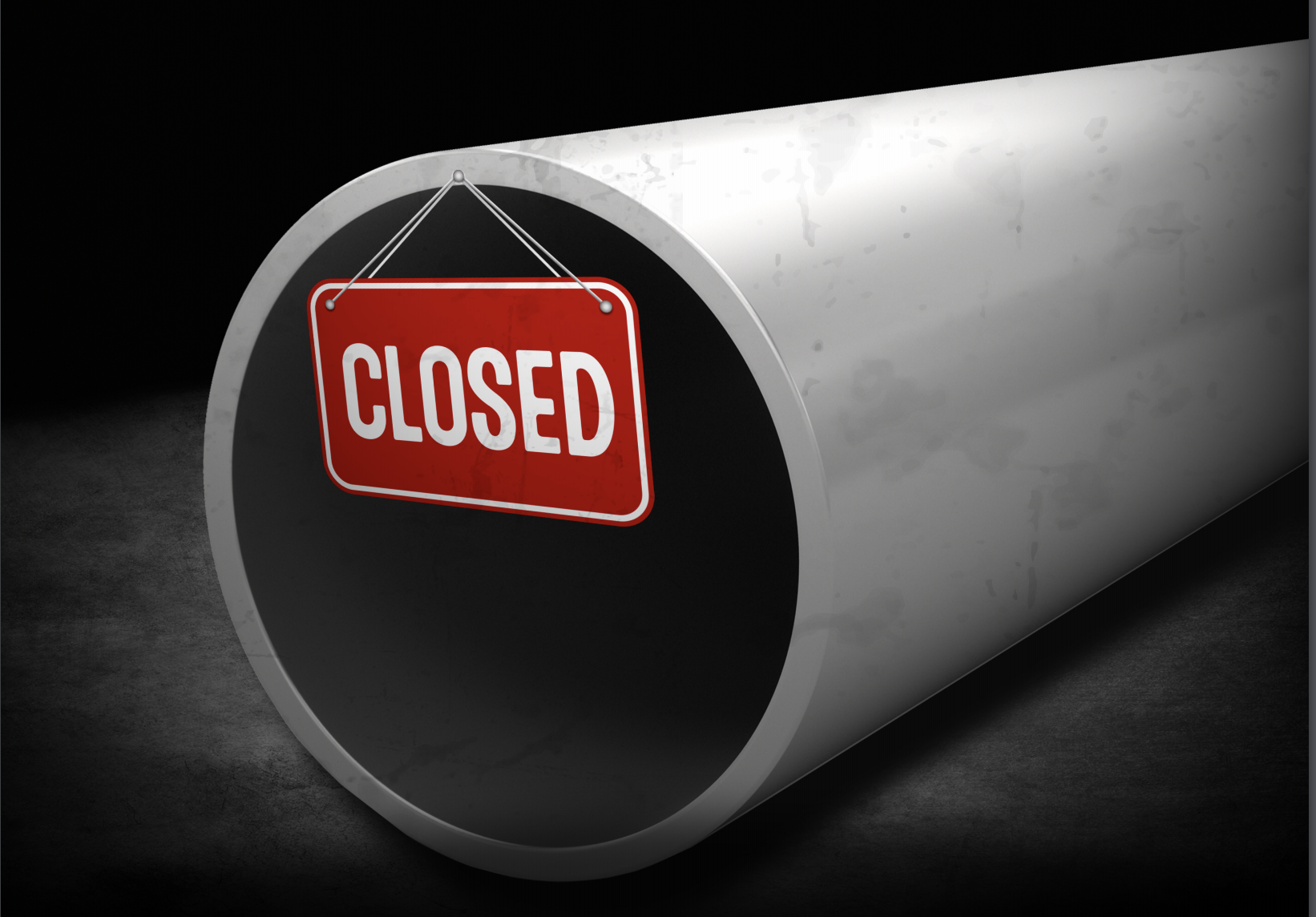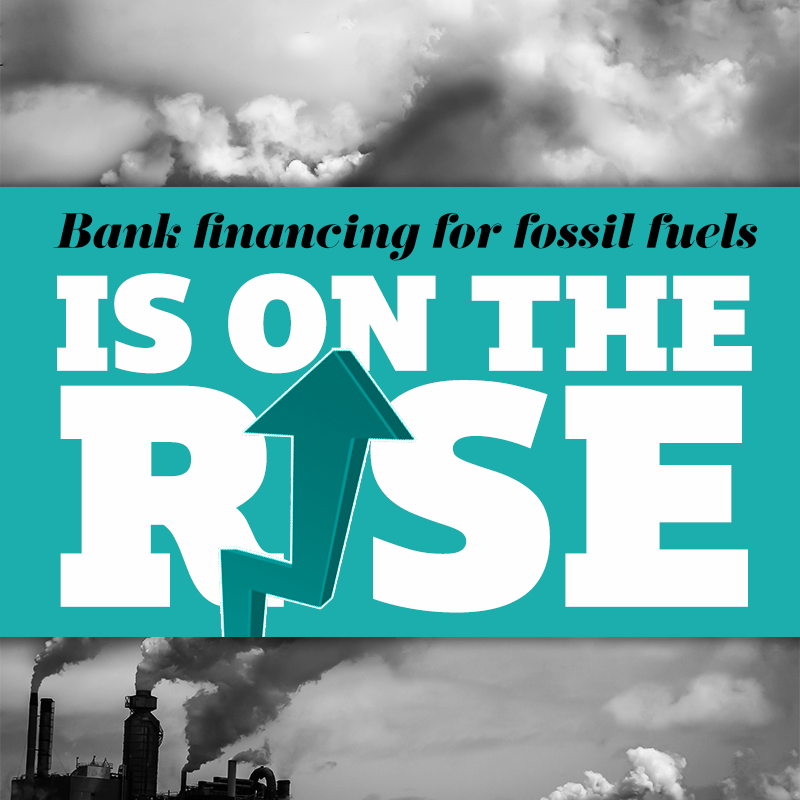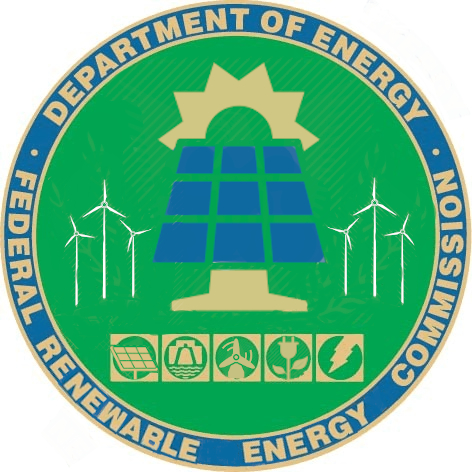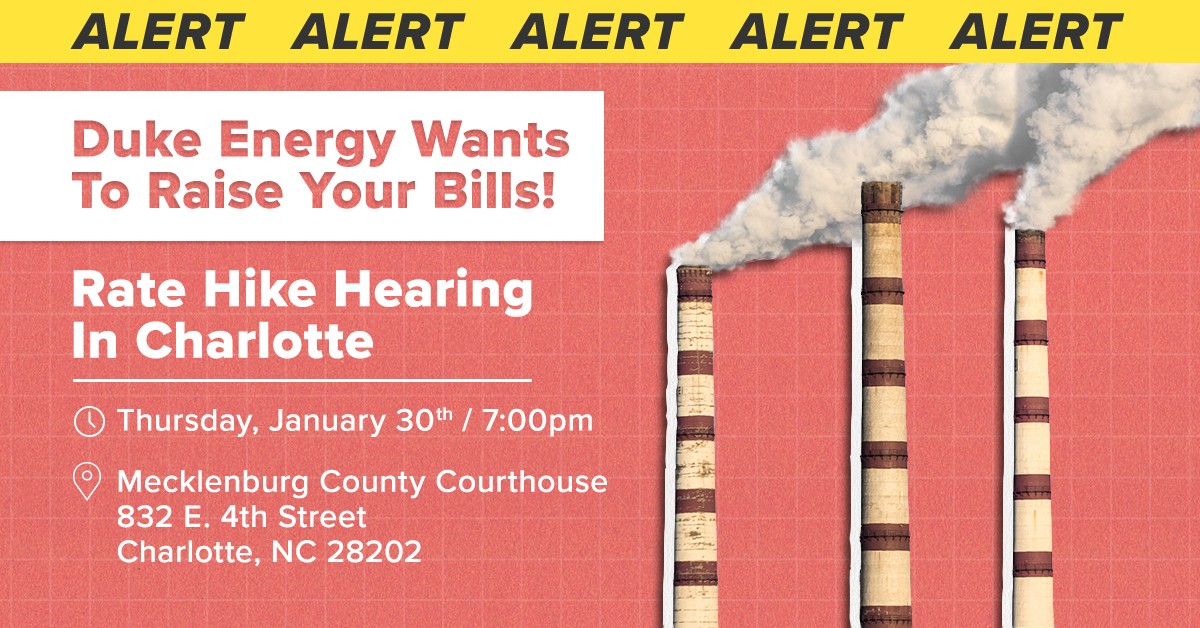Ban the Bomb Trains: Comment now to stop LNG by rail
This is the last week to stop a fossil fuel project, LNG by rail, in its TRACKS! The fossil fuel industry has been getting away with transporting explosive and flammable liquefied natural gas (LNG) by rail since the Trump Administration. These “bomb trains” put millions of people in harm’s way and threaten our climate. Pete …
Read more “Ban the Bomb Trains: Comment now to stop LNG by rail”


